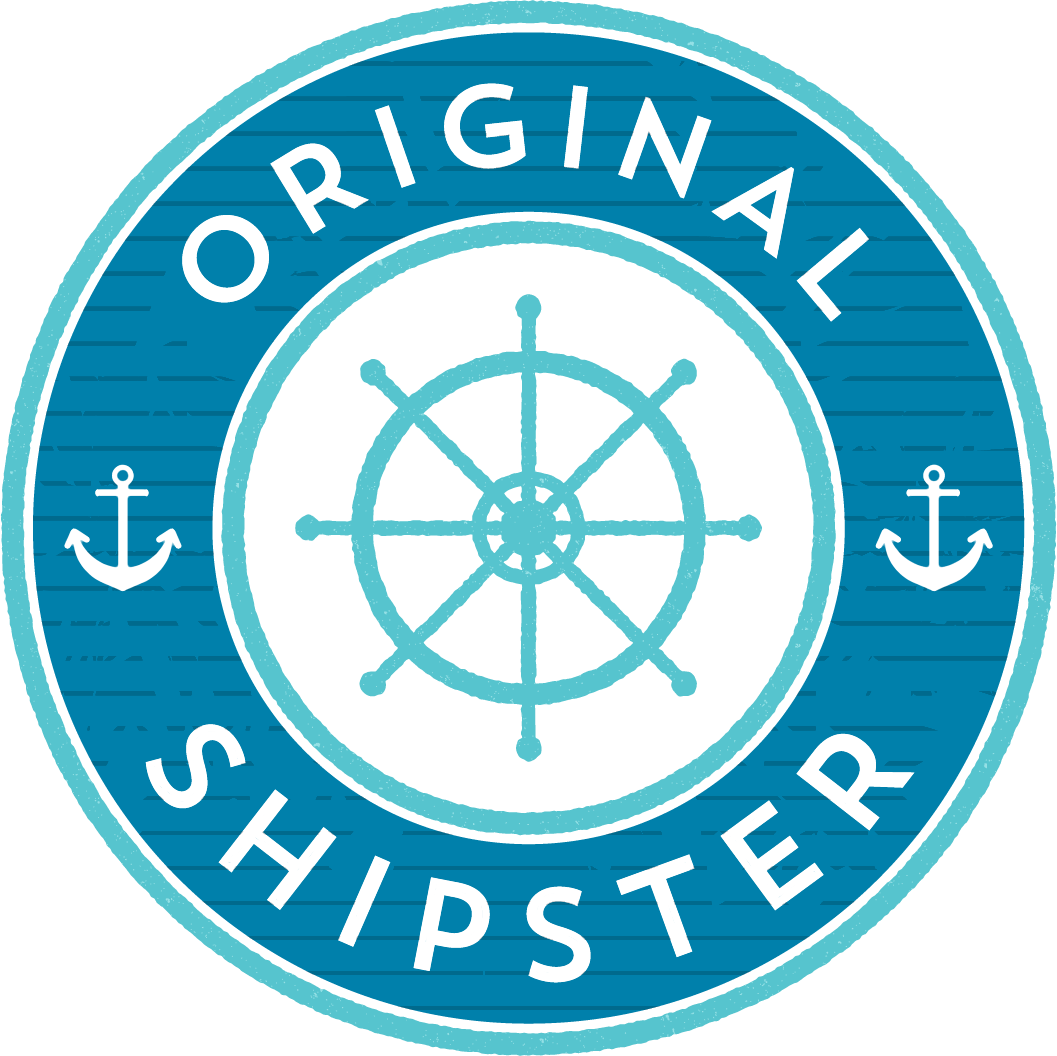Over the Waves: SS Regulus
Nationality: Dominion of Newfoundland
Length: 79 metres
Beam: 9.8 metres
Draught: 5.8 metres
Weight: 1,419 tonnes
Year: 1878
Crew: 19
The SS Regulus was built by the Tyne Iron Shipbuilding Company at Willington Quay in Newcastle-upon-Tyne, England. It was purchased by the St. John’s firm A. Harvey and Company in 1897 to serve as a general cargo vessel travelling from Newfoundland to other ports along the eastern seaboard.
From day one, Regulus had been rumoured to be a “jinxed ship” and lived up to its reputation. In 1907, the ship collided with an iceberg outside of Bay Bulls, Newfoundland and sustained severe damage. Then again, three years later the ship was in an accident. On July 14th, 1910, Regulus crashed into the port side of another cargo ship, the SS Karema, with a load of iron ore on board while en route from Bell Island, Newfoundland to Philadelphia. Both ships suffered severe damage, but the Karema was carrying a full cargo and its pumps struggled to keep up as water filled her hull. If it hadn’t been for the quick-thinking of her crew and their emergency repairs, the Karema would have been lost. The Regulus was forced to port in New York City for repairs before sailing back to Newfoundland in late September.
The morning of October 22, 1910, the Regulus left Bell Island and sailed for Sydney, Nova Scotia. By 2pm, a telegraph arrived at A. Harvey and Company from Captain Taylor, the ship’s master, reporting the Regulus’ tail shaft had broken and she was at anchor off Bay Bulls North Head and requesting immediate assistance. Two tugs, the John Green and D.P. Ingraham, hurried from St. John’s to offer assistance.
As the tugs passed Cape Spear, they encountered thick fog which only got worse. When the John Green arrived at the last known location of the Regulus, the fog was incredibly dense and a strong southern wind had begun to blow. After hours of cruising through the fog, the John Green sighted the Regulus. A series of options were discussed: the ship staying at anchor and the tug remaining nearby, the captain and crew being removed from the vessel and taken ashore, or the John Green taking the wounded ship under tow and heading back to St. John’s. The third, and arguably the most hazardous, was the one that was decided on. After an almost two-hour struggle to raise the anchor, the Regulus finally got underway alongside the John Green. Unfortunately, this decision (rather than just ditching the anchor) resulted the loss of precious time. By now, it was almost one o’clock and the vessels were facing high seas and a now southeasterly gale. An emergency haul to port to avoid rocks by the John Green resulted in the hawser breaking, and the Regulus drifted back into the mist.
At daybreak, rescuers took to boats to try and locate the ship and its crew. Unfortunately, high seas and winds hampered any efforts, and the location of debris floating in the flotsam lead the teams to determine that the ship had been lost. The ships propellor was finally located in a cliff at Leeward Cove, outside of Petty Harbour, which lead rescuers to determine, grimly, that the ship had run aground on Hayes Reef just outside the community.
Now the local fishermen jumped into action. Over the course of the next week, over 20 skiffs (small boats) took to the water and dragged the surrounding area with nets and jiggers, hoping to recover the bodies of the crew. The davits of the ship were found empty, indicating that the boats had been launched, but the debris in the area confirmed that the boats had immediately smashed against the rocks and been lost. The hulk of the wreck rested on the rocks for two days before eventually slipping below the surface, the high seas finally taking their toll.
The HMS Brilliant was in St. John’s at the time, and sent a diving team to investigate once the weather cleared. The wreck was located in Leeward Cove, 15 fathoms below the surface, but no bodies were ever recovered. The divers reported a severe undertow in the area of the wreck, which lead to the conclusion that any bodies would have been pulled out to sea. All nineteen men were declared officially lost.
The resulting inquiry blamed the John Green for the wreck. First, the tug was determined to not have been heavy enough to undertake the work on its own – had the D.P. Ingraham also been there, the mission may have been a success. Second, the course they had led the Regulus on was not the safest way to avoid the area called “Motion Head” near Petty Harbour. This meant that when the line broke, the Regulus drifted straight into the rocks; there would have been no other option. Had the John Green not steered to port when she did, the Court determined it, too, would have met the same fate as the Regulus. The D.P. Ingraham never encountered the Regulus and was “dismissed from consideration” of the inquiry.
Stories like the Regulus can be found all over Newfoundland and Labrador. I had never heard of the ship until I did some serious digging, and even then, the references were few and far between. I even found a poem that had been written about her the wreck! Yet another wreck pulled forward before it was lost to time!
